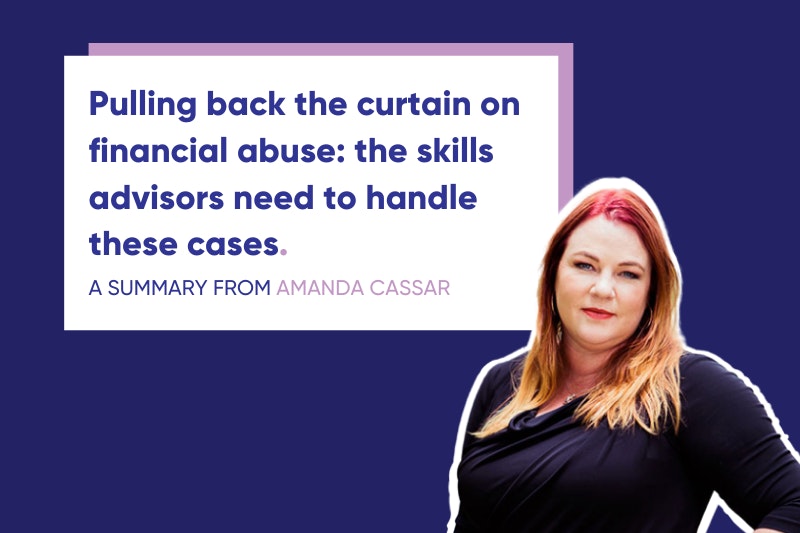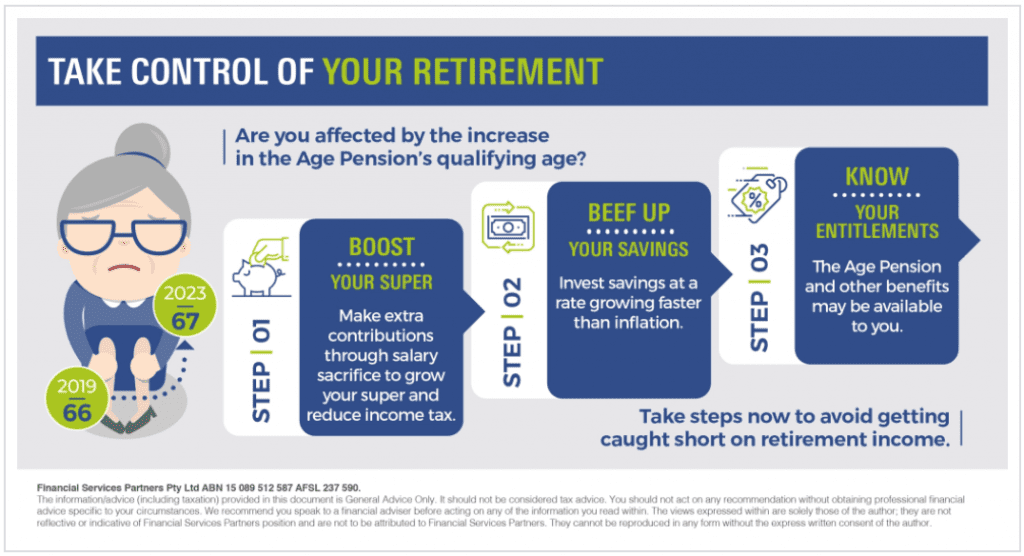How would your organisation cope if something happened to a key person?
Unexpected events can play havoc not only with people’s lives but also with businesses.
However, business owners are often so busy they don’t stop to consider the true cost of the loss of a key employee, business partner or even themselves.
The knock-on effects may include disruption to other staff, missed opportunities, delays or penalties for late delivery of projects, lost revenue, increased expenses, significant costs to find and train a suitable replacement, loan repayment and even loss of the business.
What is key-person insurance?
Key-person insurance protects a business’s financial position against the significant impact of a traumatic event such as the death or disablement of a key person.
A key person may be an employee, owner or an individual whose contribution to the business is significant.
This cover is not a specific kind of insurance but the application of life insurance to protect against key-person risk. It can be used with buy/sell life insurance (also known as business succession insurance) which covers the change of ownership if an owner dies or becomes incapacitated.
The benefits
Often a cash injection to an affected business may keep a bad situation from becoming worse or even catastrophic. The insurance proceeds may be used to:
- minimise or eliminate the potential loss of revenue, sales or profits
- help cover the often significant costs of finding or training a replacement
- service or repay any debts that are called in
- cover the impact of a writedown in the goodwill of the business
- provide needed liquidity
- help keep staff and maintain essential supplier relationships.
Are there alternatives?
A business may have other strategies to help manage their risks, including asset sales, promoting staff or reallocating workloads even temporarily, using profits, borrowing more, or drawing down existing loan facilities.
However, insurance is the only practical alternative where a business doesn’t have the capacity to cover its risks.




 February 14, 2024
February 14, 2024 




















